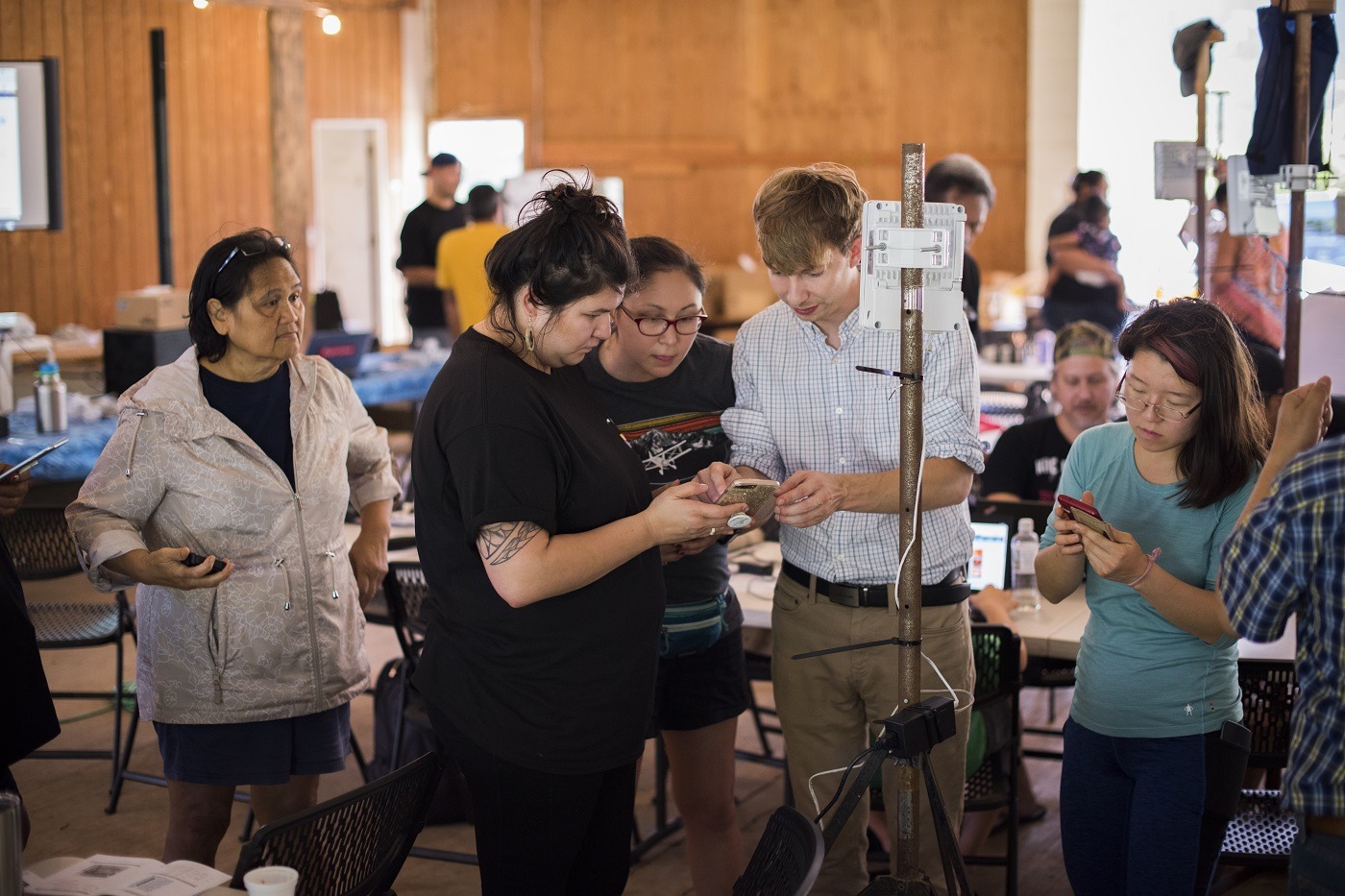In October, we held the 2020 edition of Indigenous Connectivity Summit (ICS). Over the last four years, this summit has become a hallmark event for Indigenous network operators, leaders, community members, and others to come together to discuss the unique opportunities and challenges Indigenous communities face when campaigning for quality and affordable Internet access, and to build relationships with like-minded communities across North America.
In addition to the summit itself, for six weeks prior to the event participants in the ICS Policy and Advocacy training program led the development of a set of policy recommendations. These were then elaborated on, reviewed, and endorsed by summit participants, and they will now help both the Internet Society and the Indigenous communities who created them to advocate for policies that will help the United States and Canada move closer to digital equity.
We know that these recommendations really do make a difference. In 2019, our policy recommendations and organized advocacy efforts affected real change. The Federal Communications Commission in the U.S. was about to launch a spectrum auction and include a Tribal Priority Window so Indigenous communities could apply for the rights to the airwaves over their lands. The Tribal Priority Window was far too short for Indigenous communities to gather the extensive data and planning materials for the application. With the help of our community, we successfully advocated for the Tribal Priority Window to be extended by six months. Policy and Advocacy Training graduates were also consulted on a variety of draft legislation in the United States and Canada and assisted in comments to federal agencies that were used to impact rulemaking processes.
2020 Community Policy Recommendations
This year, the ICS community chose to adopt recommendations that address six crucial areas for improvement, all of equal importance:
- Effective and accurate mapping
- Inclusivity, community consultation, and engagement
- Capacity building in Indigenous communities
- Spectrum rights and sovereignty
- Infrastructure and ownership
- Affordability
Below I summarise each area. You can read the recommendations in full here.
Effective and Accurate Mapping
Broadband mapping data collection in both the U.S. and Canada needs significant improvement to support research and equity. Summit attendees call on relevant agencies to immediately prioritize changing the way they collect data, and how they decide who is excluded from federal programs based on mapping challenges.
For example, Internet service providers must be accountable, through reporting, to ensure community members are actually getting access to the reported bandwidth.
Read more about effective mapping.
Inclusivity, Community Consultation, and Engagement
Summit attendees also call for better accountability and increased efforts both from governments and non-Indigenous entities to engage and consult with Indigenous communities in meaningful ways.
For example, the community wants Indigenous governments and representative organizations to be involved during the early planning stages of any project or policy that may affect their communities or land. This should be a mandatory part of the process.
Read the eight policies the community recommends to improve inclusivity.
Capacity Building in Indigenous Communities
The secondary goal of connectivity is capacity building in Indigenous communities. Funding for infrastructure, operations and maintenance, and training (technical and digital literacy) are equally important to fundamentally achieve digital equity.
ICS participants see the need for federal grants to be created and tailored to Indigenous communities for basic planning, digital inclusion, and network operation and maintenance.
Read more about capacity building.
Spectrum Rights and Sovereignty
Spectrum, like water, is an essential resource for Indigenous communities. The creators of these recommendations call on federal regulators to ensure that Indigenous governments, Indigenous-owned entities, and communities have first rights to the spectrum over their lands.
Read more about the community’s recommendations for spectrum.
Infrastructure and Ownership
To bring essential connectivity to these under-served communities, Summit participants advocate for flexible and creative approaches to technology and funding models, including empowering Indigenous communities to own and maintain their own infrastructure (as the service provider or otherwise).
For example, grants for funding for networks need to be straightforward, easy to access, and without overly burdensome reporting requirements. This will encourage Indigenous, rural, and remote applications.
Read more about the importance of ownership.
Affordability
It’s not enough for Indigenous communities to merely have access to service. To achieve digital equity, service must be affordable, too.
Participants are calling for metrics to be created to measure, inform, and monitor affordability. Service needs to be routinely evaluated and publicly reported on to ensure it continues to be affordable to communities.
Read more about affordability.
What’s next?
We can only affect change if the right people hear the recommendations. Please share them with whomever you think can support our efforts to address the connectivity gap that far too many people in North America experience.
If you want to see what happened at the 2020 Indigenous Connectivity Summit, you’ll find footage on the Internet Society’s Livestream channel. And all of the policy and advocacy training sessions are available to watch here.

